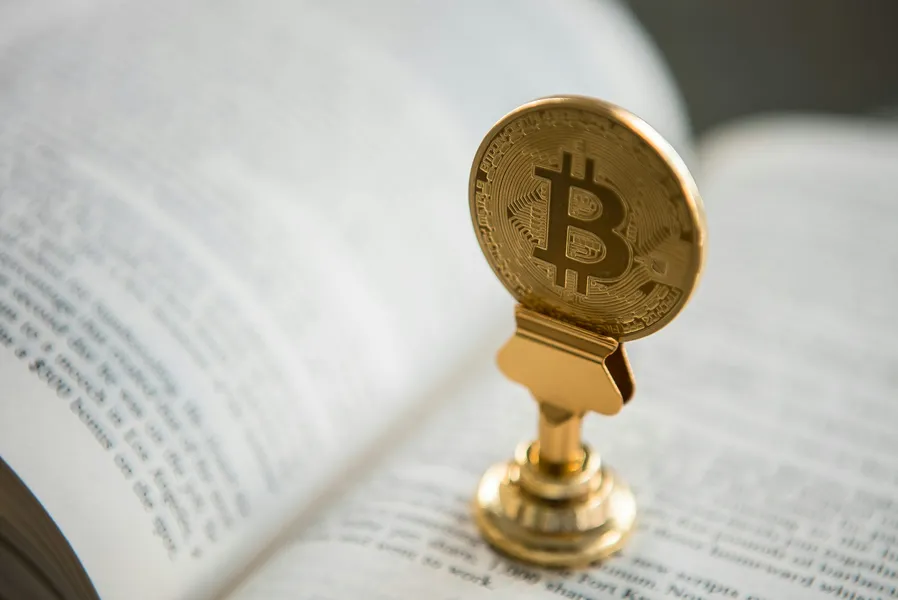What is an ERC-20 token? — The main type of cryptocurrency tokens

Title: “The Truth Behind ERC-20 Tokens: A Seasoned Auditor’s Warning”
Subtitle: Unraveling the Intricacies, Risks, and Reality of Crypto’s Most Common Token Standard
Hey there, folks. Valerii Wilson here, a crypto security expert and smart contract auditor who’s seen more hacks than an old pirate ship. Today, we’re going to dive deep into the heart of ERC-20 tokens – the lifeblood of many cryptocurrency projects and also the source of some serious headaches for us security folks.
What on Earth is an ERC-20 Token? A Quick Primer
ERC-20, short for Ethereum Request for Comments 20, is a technical standard used to create tokens on the Ethereum blockchain. Imagine it like Lego blocks: you’ve got your basic ones that all fit together in the same way, no matter which color or shape they come in. ERC-20 is pretty much the same – a blueprint for creating interoperable cryptocurrency tokens.
These tokens have become so popular because they allow projects to raise funds through Initial Coin Offerings (ICOs), essentially crowdfunding but with cryptocurrencies instead of dollars. However, like any shiny new thing in crypto, it’s not without its fair share of pitfalls and traps waiting to ensnare the unsuspecting investor.
The Honeymoon Phase: ICO Mania
Remember when everyone was going gaga over ICOs? Me neither – because it ended in tears for many. Projects promised moon landings with their ERC-20 tokens but failed to deliver anything more than a cratered landscape filled with disillusioned investors.
The lesson? Just because something is an ERC-20 token doesn’t mean it’s worth your hard-earned crypto. Always do your research and remember: if it sounds too good to be true, it probably is.
The NFT Scam Paradise
Non-Fungible Tokens (NFTs) have taken the world by storm lately, but they’re built on top of ERC-20 tokens. While some might see digital art or collectibles as trivial, they’ve attracted their fair share of scammers who’ve stolen millions from unwitting buyers.
One infamous scam saw attackers steal nearly $320k worth of NFTs by exploiting a contract vulnerability in OpenSea, the largest NFT marketplace. This underscores the importance of thorough audits and secure smart contracts – no matter how cool or trendy your token is.
The Key to Disaster: Leaked Private Keys
In the crypto world, security starts with your private keys. Yet, there have been instances where developers accidentally leaked these sensitive details in their GitHub repositories or on public forums.
Imagine losing all your tokens because someone left the front door wide open and invited every thief in town to help themselves. That’s essentially what happens when private keys are exposed, turning a secure ERC-20 token into a digital ghost town overnight.
The Bugged Out Reality: Vulnerabilities Galore
Bugs in smart contracts are common, often introduced by inexperienced developers or sloppy coding practices. One such incident saw over $37 million drained from the Poly Network due to multiple vulnerabilities in their ERC-20 token contracts.
These bugs can lead to everything from minor inconveniences to catastrophic losses. They’re like driving around with a flat tire – eventually, you’re going to crash if you don’t fix it.
So What Now?
ERC-20 tokens aren’t inherently evil or doomed for failure. However, they do require diligent care and attention from developers and investors alike. In the chaotic wild west of crypto, it pays to be cautious and informed – because when it comes down to it, your money is on the line.
As a seasoned auditor, I’ve seen my fair share of heartbreaks and triumphs in this space. My advice? Treat every ERC-20 token like a high-stakes game of poker. Know your opponent (the project), study their moves (the contract), and always keep an eye out for hidden traps (vulnerabilities).
Stay sharp, stay vigilant, and most importantly, stay secure. Your crypto journey depends on it.









